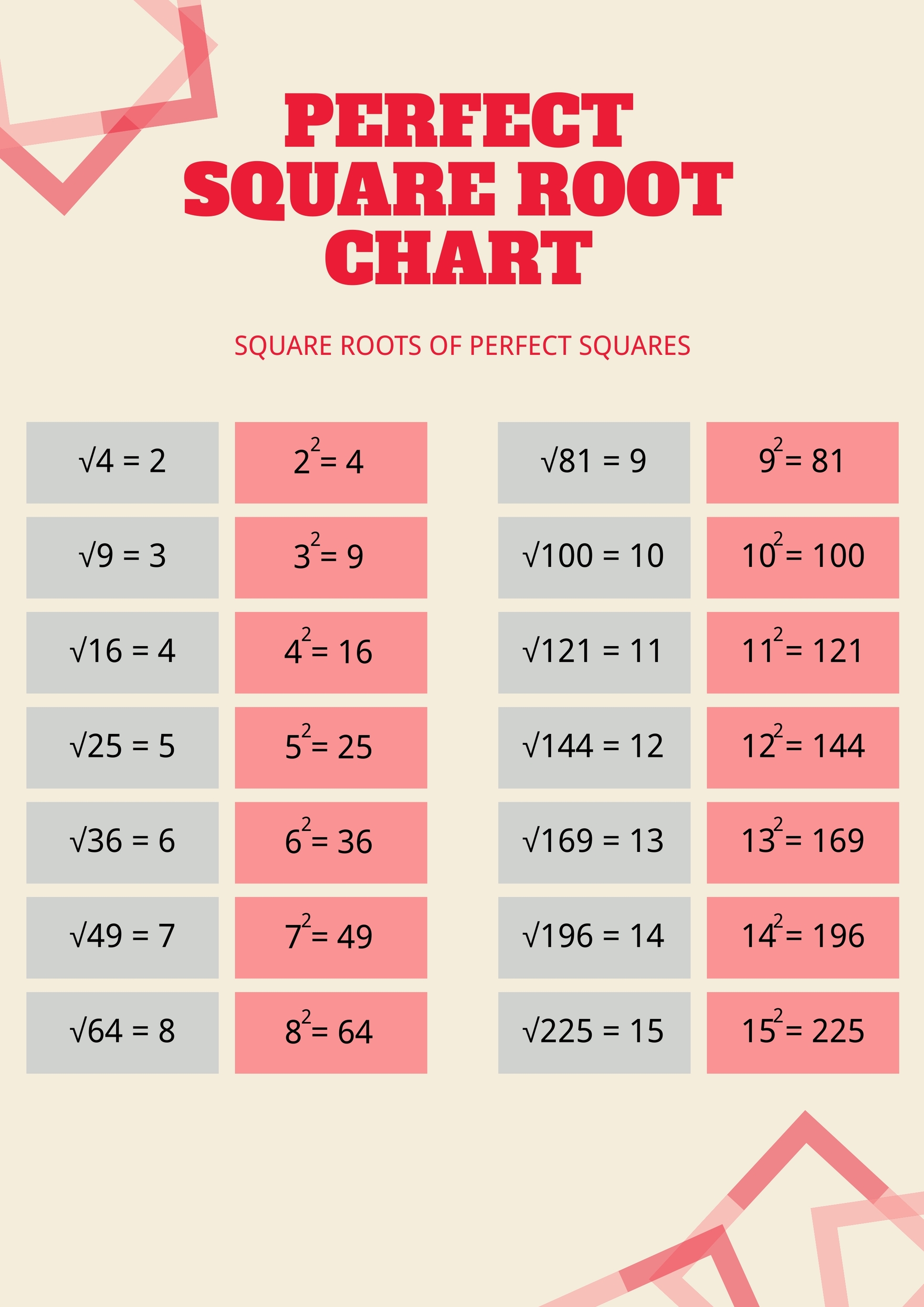Optimizing Return on Investment with Powerful Mobile-Device Marketing Techniques

In today's rapid online environment, cellular marketing has become as crucial component of businesses looking to connect with their target audience efficiently. As the rising number of consumers relying on smartphones for their daily needs, brands must develop plans that utilize mobile technology to enhance their marketing campaigns. The importance of reaching potential customers on their mobile devices is significant, as this enables for prompt engagement and interaction in methods that traditional marketing simply cannot match.
To optimize return on investment, businesses must implement innovative mobile marketing tactics tailored to their target audience. Whether through digital ads on smartphones, app marketing, or personalized messaging, the goal is to deliver a integrated experience that resonates with users. By understanding consumer behavior and utilizing data-driven insights, companies can refine their mobile strategies, ensuring they not only capture attention but also boost revenue and foster brand loyalty. Engaging in successful mobile marketing is not just an option; it is a requirement for those aiming to thrive in a cutthroat marketplace.
Understanding Mobile Marketing

Cellular promotion refers to advertising promoting products and services straight to customers on these cellular gadgets. This encompasses a range of methods, such as SMS promotion, software, social media marketing, and responsive web development. With the increasing focus on mobile phones for information and purchasing, businesses must utilize handheld channels to engage their target market successfully.
Since mobile usage rates keeps to grow, it is essential for advertisers to know their intended demographic’s mobile habits. It involves analyzing how people interact with different handheld mediums, which apps they use, and the content they connect with most often. Adapting marketing strategies to specifically target handheld consumers can greatly boost engagement and conversion.
Efficient mobile promotion demands not only a solid digital footprint but also an understanding of the nuances of mobile user engagement. Marketers must make certain that their content is tailored for handheld access, considering speed, usability, and layout. By concentrating on these factors, organizations can create a more engaging setting that fuels higher return on investment.
Key Techniques for Engagement
Captivating users through mobile marketing demands a strategic approach that focuses on tailored experiential marketing. Leveraging analytics allows marketers to gain insights into user preferences and behaviors, which facilitates the development of tailored messages that connect with the audience. By segmenting the audience based on age, preferences, and previous engagements, brands can offer targeted promotions and content that address individual needs.
Interactive content plays a vital role in maintaining user engagement. Incorporating elements like polls, tests, and augmented reality experiences not only captures attention and also motivates users to engage with the brand. This type of content fosters a deeper connection, strengthening the brand message while making the experience pleasant. The more interactive and immersive the content is, the higher the likelihood users will share it with their friends, extending reach.
Additionally, leveraging push notifications effectively can greatly boost engagement rates. By delivering timely and relevant messages directly to users' devices, brands can nudge customers towards desired actions, such as buying something or registering for an event. However, it is essential to strike the right balance; overly frequent notifications can lead to user fatigue and lack of interest. Crafting well-timed and valuable notifications will not just keep users updated but also enhance their overall experience with the brand.
Assessing Return on Investment in Mobile Campaigns
To effectively measure the ROI for mobile marketing campaigns, it is crucial to define well-defined metrics that correspond to business goals. These metrics may consist of customer conversion rates, customer acquisition costs, and customer lifetime value secured through mobile mediums. Monitoring 구글광고 allows marketers to determine the most effective cellular strategies are producing the highest outcomes and in which areas modifications might be necessary to improve results.
In alongside numerical metrics, subjective data can give valuable perspectives into user engagement and happiness. Employing tools such as consumer surveys and feedback forms can assist grasp user experiences with cellular promotions. This information is crucial as it can shape future campaigns, making sure they resonate more efficiently with the market segment.
Finally, incorporating analytics tools that specialize in mobile data can streamline the process of assessing ROI. These tools can offer immediate insights and in-depth reports, enabling marketers to make educated decisions rapidly. By continuously examining the data collected from mobile initiatives, businesses can optimize their promotional activities and ultimately increase their return on investment.
